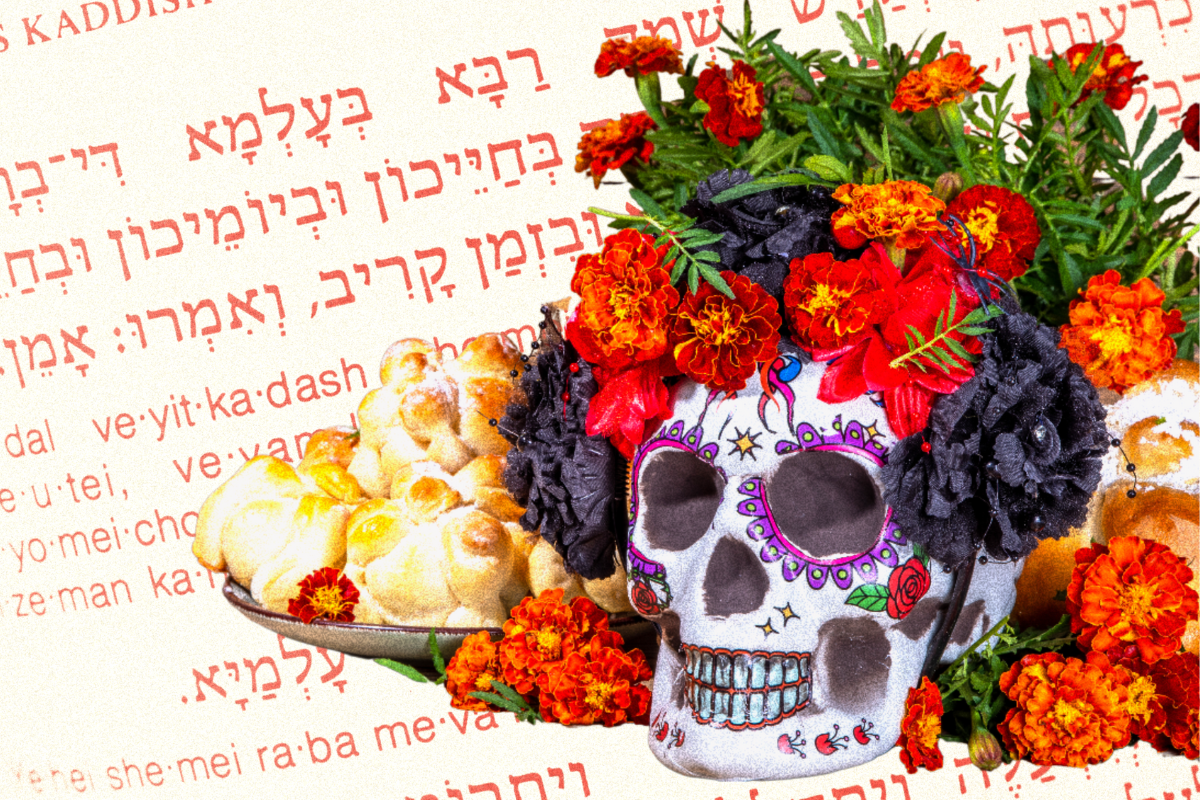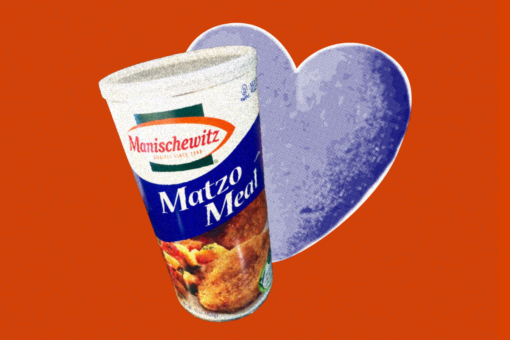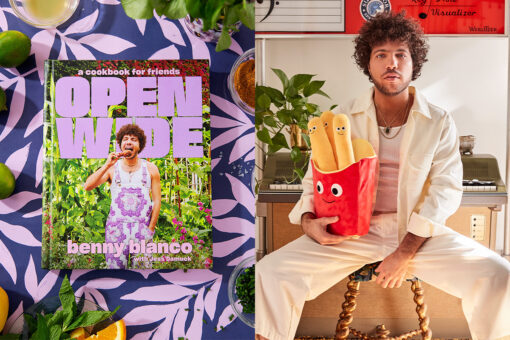One of my favorite prayers is the Mourner’s Kaddish. There’s something beautiful, I think, about a prayer dedicated to mourning. Even more beautiful is the prayer itself: not a lament but an expression of thanks, of God’s goodness, of holiness.
I never stand and pray the Mourner’s Kaddish in service, though. It’s not because I have no one to mourn but rather because anyone I have lost was not Jewish. As a convert, I have no Jewish relatives who would know or appreciate the Mourner’s Kaddish. When my uncle was in the hospital, I debated praying the Mi Sheberach for him. As a Catholic, would he want my prayer? Would he care? Would God?
So I don’t stand and recite Kaddish during service, except for once a year.
Día de los Muertos.
—
I was in elementary school when I first noticed the small table in my great aunt’s living room. The house was full of Halloween decorations, but in a corner of the living room there was a small table, with pictures and skulls.
“It’s an altar, for Día de los Muertos, Day of the Dead,” she explained.
Day of the Dead: a Mexican tradition to honor and remember loved ones who have passed. The holiday and practice became more widespread a few years ago when Disney released the movie “Coco,” and now Target and other stores have Day of the Dead decorations alongside Halloween ones.
The history of this day is rooted in Catholicism. Halloween, a deeply secular holiday in the U.S. these days, is All Hallow’s Eve because Nov. 1 is All Saint’s Day in the Catholic Church. Nov. 2 is All Soul’s Day, essentially the lesser version of all saints day: the day to celebrate the regular people who have died, after you’ve celebrated the saints who have passed. In Mexican tradition All Soul’s Day became Día de los Muertos and the traditions that sprang up around it were a mix of Catholic and pagan.
Most notable is the ofrenda, an altar where one puts pictures of their dead. Marigolds and sugar skulls usually cover the altar, and on the day there are celebrations in cemeteries and homes, food left on the altars, parties. It is not a sorrowful event but a joyous one, a time for remembering, for welcoming the spirit of loved ones home, as though they might sit down beside you at the table and enjoy the meal.
As a kid, I thought this was a cool holiday, and I thought the skull imagery was fun. But I’d never lost anyone close to me, so we never had an ofrenda in our home.
Then my uncle died.
—
My first ofrenda was in my college dorm room, featuring a picture of my uncle, the card from his funeral with the Serenity Prayer on it, a few small sugar skulls and a bottle of Diet Coke. (He loved Diet Coke.) On Día de los Muertos, I stood in my dorm and prayed the rosary, unsure of how to mark this moment on my own, reverting back to familiar prayers that I’d long since abandoned. I wasn’t Catholic anymore, but it felt fitting to pray the rosary on this Catholic holiday as I remembered my uncle, not a year gone.
As the years went on, my ofrenda grew a little bit, some years more decorated, some years never put out. I always marked the day, even if only with a thought; the idea of taking a moment to remember the dead felt important. I didn’t know how, but I knew I wanted to. Maybe it meant nothing to pray a prayer I didn’t believe for a relative who was dead, alone in my apartment, but it mattered to me, and that was enough to keep doing it.
—
When I was converting, my rabbi and I talked about holidays, and she mentioned Halloween. Some in the congregation didn’t celebrate it, because it had Christian roots. Others felt it had been so thoroughly secularized that it was harmless.
I’d forgotten, for a moment, the Catholic roots of the holiday. And it occurred to me that my Day of the Dead celebrations might not be strictly kosher.
“Can I say Kaddish for non-Jews?” I asked.
“It depends,” she said. “How would they feel about it?”
I wasn’t sure, given that everyone I had lost never had the chance to see me become Jewish.
—
Last year, my first official Día de los Muertos as a Jew, I struggled with how to hold these two traditions. I have always been Mexican-American; my family (to my knowledge) has always been Catholic. But I have grown and chosen my own path, and have chosen to live a Jewish life. Could I keep this Mexican tradition, with its Catholic roots, as a Jew?
I built an ofrenda in my dining room, filled it with pictures of my uncle, my great grandparents. I even included pictures of my husband’s relatives who passed. Day of the Dead, though a Mexican tradition, didn’t need to be confined to only those of Mexican descent. My husband is my family now, and his dead are my dead, too. So I put down a tablecloth, put out pictures of our loved ones, paper marigolds and ceramic sugar skulls — and a yahrzeit candle.
On Día de los Muertos, I lit the candle and I prayed the Mourner’s Kaddish.
In the end, I’m not sure that it matters that these people I have loved and lost weren’t Jewish — or, in the case of my husband’s family, Mexican. It matters that I remember them. Honor them. That I take a day to think on their memory and thank God for the privilege of knowing them, for the time we had together.
When my uncle died, we all wore sports apparel to the funeral because he wouldn’t have wanted us to be sad. He would’ve wanted us celebrating — and representing his favorite sports teams. We celebrated his life in Dodgers jerseys and Lakers t-shirts, we told stories about him and laughed and cried. Every year on the anniversary of his death, I watch the Dodgers game. My ofrenda holds his baseball cap. Remembering him is a less sorrowful thing than it once was, because now I focus on the memories we have, the time we spent. Rather than mourning all that was lost, I’m grateful for what was.
On Day of the Dead, I have chocolate to remember my great-grandmother, a pair of her knitting needles on the table next to my uncle’s Dodgers hat. I remember them as they were, as I knew them. I light a candle and remember.
And now, I pray the Mourner’s Kaddish, too.



